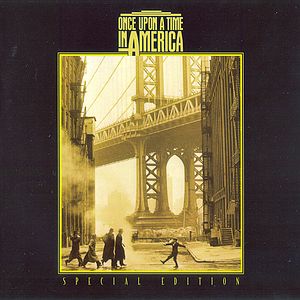I'm reading The Great Gatsby (required) right now and I want to have a good picture in my head as I do so. I want to avoid watching any of the movies based on it because
1. I don't want any spoilers
2. I hear they're very drear
I have a pretty broad taste in movies so any recommendations are welcome but try to limit it to one.
1. I don't want any spoilers
2. I hear they're very drear
I have a pretty broad taste in movies so any recommendations are welcome but try to limit it to one.



